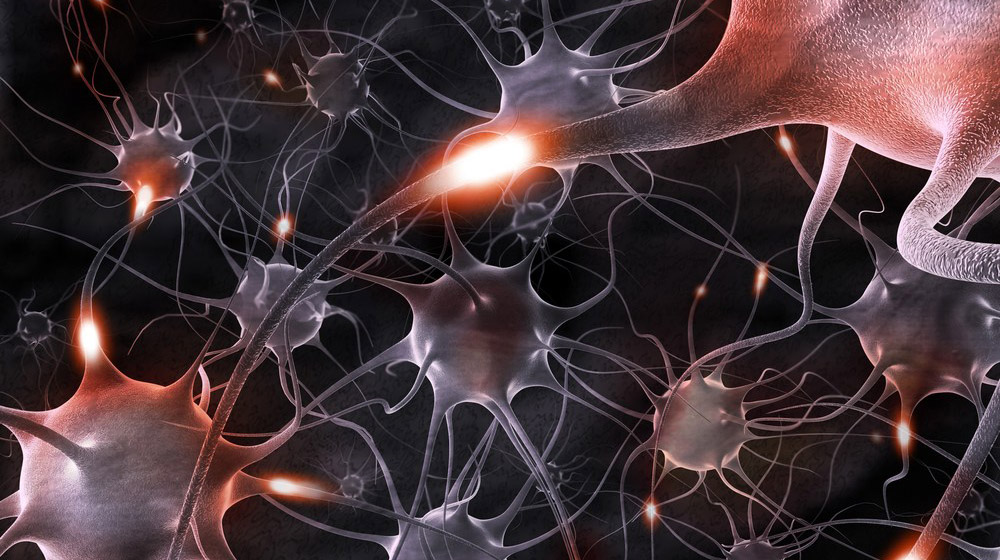While research around neural transplantation was initially viewed as a research method for understanding neural development, it has since gained attention as a therapeutic intervention.
Neural Stem Cell Transplant
In this article:
- Can Stem Cells Repair Brain Damage?
- Current Treatment for CNS Disorders
- Recent Brain Stem Cell Research
- Future of Neural Stem Cell Research
Can Stem Cells Repair Brain Damage?
Stem cells are now being explored as a potential treatment for a range of chronic neurological diseases and acute CNS injuries, including:
- Parkinson’s
- Stroke
- Spinal Cord Injury
- Alzheimer’s
- Other
- Huntington’s
- Multiple Sclerosis (MS)
- Epilepsy
- Amyotrophic Lateral Sclerosis (ALS)
- Schizophrenia
- Cerebral Palsy
Diseases with Degenerating Neurons
In Alzheimer’s disease, there is a profound cellular degeneration of the forebrain and cerebral cortex. Many motor deficits are also a result of degeneration in the basal ganglia. Huntington’s is associated with the degeneration of neurons in the striatum, which leads to involuntary jerking movements in the host.
In the case of Parkinson’s disease, degeneration is seen in another area of the basal ganglia, the substantia nigra par compacta. This area normally sends dopaminergic connections to the dorsal striatum which are important in regulating movement. For this reason, therapy for Parkinson’s disease usually centers on restoring dopaminergic activity to this circuit.
Degeneration in the Central Nervous System
Other forms of neurological impairment occur as a result of neural degeneration, such as amyotrophic lateral sclerosis (ALS) and cerebral palsy, or as a result of CNS trauma, such as stroke and epilepsy. Demyelination of central and peripheral neurons also occurs in a number of pathologies, including Multiple Sclerosis (MS).
Current Treatment for CNS Disorders
To date, treatment for CNS disorders has been primarily been through the administration of pharmaceutical compounds. Unfortunately, this type of treatment has been inhibited by many factors, including the limited ability to transport drugs across the blood-brain barrier and tolerance in patients receiving the drugs over a prolonged time.
Treatment for Parkinson’s Disease
Parkinson’s disease is the disease receiving the most attention from the neural stem cell research community. As mentioned above, Parkinson’s disease is a neurodegenerative disorder characterized by a progressive neuronal loss that preferentially affects dopaminergic neurons. For this reason, it is not surprising that transplantation of fetal dopaminergic precursor cells has provided the “proof of principle” that a cell replacement therapy can improve Parkinson’s symptoms in affected patients.1
Recent Brain Stem Cell Research
Recent studies have provided evidence of the existence of neural stem cells with the potential to produce new neurons, particularly of a dopaminergic phenotype, in the adult mammalian brain.2 Such stem cells have been identified in so-called neurogenic brain areas, where neurogenesis is ongoing, but also in primarily non-neurogenic areas, such as the midbrain and the striatum, where neurogenesis does not occur under normal conditions.3
Stem Cells to Repair Brain Damage via Differentiation
A clearer understanding of the factors governing neural stem cells in vivo may ultimately lead to viable cell therapies for treating Parkinson’s disease. In addition, neural stem and progenitor cell grafts present an innovative strategy for the treatment of other disorders of the central nervous system. After grafting, neural stem cells have demonstrated the capacity to migrate to lesioned regions of the brain and differentiate into the necessary type of cells, supplying them with cell populations that promote recovery.4
Neural Stem Cell Therapy Clinical Trials
Interesting research into stem cell treatments for neural repair is also being done by Dr. William H. Frey II, Director of the Alzheimer’s Research Center, who is exploring intranasal delivery methods to allow stem cells to bypass the blood-brain barrier.
Major news was also recently released by the Tisch MS Research Center of New York, who announced it will be moving into a Phase II study using stem cells to treat multiple sclerosis (MS).
Tisch’s Phase I study of 10 patients was the first time in history that a treatment showed a reversal of established disability in MS patients. Phase I patients were observed to have clinical improvements in ambulatory function, limb strength, bladder control, and more.
The Future of Neural Stem Cell Research
The transplantation of neural stem cells for therapeutic purposes will continue to attract scientific interest, clinical attention, and industry funding for the foreseeable future.
In your opinion, how will advancements with neural stem cell transplants help regenerative medicine research? Share your thoughts with us below.
Up Next: Neural vs. Neuronal? Understanding Neural Stem Cell (NSC) Terms
About Us
As the first and only market research firm to specialize in the stem cell industry, BioInformant research has been cited by the Wall Street Journal, Xconomy, AABB, and Vogue Magazine. Serving Fortune 500 leaders that include GE Healthcare, Pfizer, and Goldman Sachs, BioInformant is your global leader in stem cell industry data.
Footnotes:
1 Arias-Carrión et al. “Adult neurogenesis and Parkinson’s disease.” CNS Neurol Disord Drug Targets. 2007;6(5):326-35.
2 Fallon, et al. “In vivo induction of massive proliferation, directed migration, and differentiation of neural cells in the adult mammalian brain.” Proc Natl Acad Sci U S A. 2000;97(26):14686-91.
3 Arias-Carrión et al. “Adult neurogenesis and Parkinson’s disease.” CNS Neurol Disord Drug Targets. 2007;6(5):326-35.
4 Oliveira A and Hodges H. “Alzheimer’s Disease and Neural Transplantation as Prospective Cell Therapy.” Current Alzheimer Research, 2005; 2(1): 79-95.
